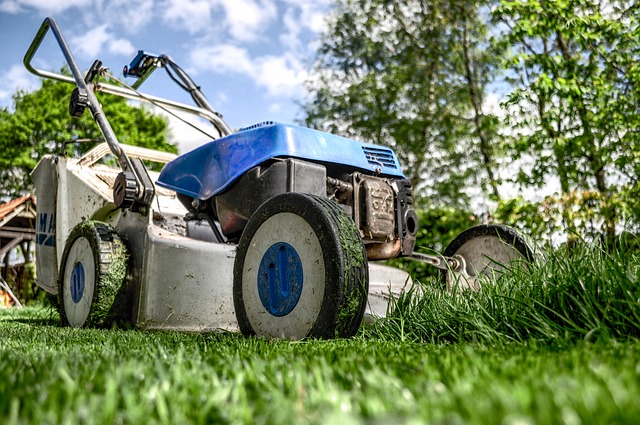If your yard is predominately St. Augustine grass, establishing an annual preservation routine can result in a healthier, more beautiful lawn. Yearly maintenance projects, such as aeration, will ensure that your yard is full of thick, green, and overall healthy grass each year. Aeration assists in loosening the soil and promoting grass growth when performed annually. Before deciding to take on the aeration task, there are a few essential things to consider during preparation. You will want to research the appropriate time of year to aerate for your location, the best aeration tool for St.
Augustine, and crucial aftercare maintenance steps. Below, we will go over a few tips to help get your grass looking and feeling its’ best.
When and Why to Aerate
Aeration is the process of distributing small holes in the soil of your lawn and should be done once a year, typically in late Spring or early Summer. This allows oxygen, water, and essential nutrients to penetrate the roots of the grass. You will want to wait until your St. Augustine is out of its dormant period for optimum growing conditions. After winter has passed, the grass will start to grow. At that point, you will know it’s the perfect time to aerate your lawn. Although most regions follow a seasonal pattern, nature can be unpredictable, so be sure to research first and check the Farmer’s Almanac for guidance.
How to DIY
There are a few different styles of aerator, so it is crucial to choose the correct one for your specific grass. When it comes to St. Augustine, most experts would recommend a core aerator. Before aeration, for this particular grass, it is best to moisten your grass and then use a hand rake to remove the thatch. Thatch is the layer of organic plant matter that settles at the base of the grass and should be cleared away once your grass is no longer dormant. After you have dethatched, the next step is to rent a core aerator from your local hardware or garden store. This is the best option because it will result in larger, deeper plug holes, opening access to the root. Most aerators will include an essential user’s guide, however, the operation of a core aerator is compared to that of a push mower.
Aftercare
The process of aeration results in small divots and plugs laying over the yard. That is perfectly normal. It is best to allow them to naturally break down over time because this provides the grass with an organic source of nutrients. From there, overseed, fertilized and practice consistent irrigation. St Augustine grass thrives with high levels of Nitrogen. Nitrogen-based fertilizers are some of the best fertilizers for St Augustine grass (https://www.lawnandpetal.com/the-best-fertilizers-for-st-augustine-grass/).
Once it has started to overgrow, the lawnmower will break down what is left of the plugs, and you can watch your grass grow healthy and green! Aerating your lawn, when done correctly, will prove to be a rewarding task and prerequisite to keeping your grass in top condition. While it can be labor extensive at first, it should get easier each year. If you don’t have the extra time or physical condition to take aeration on as a DIY project, there are many options to hire an external lawn care service. Nevertheless, it is important to remember that aeration isn’t just for lawns with soil issues. It is necessary to break up compacted areas of soil to optimize the health of your grass. For this reason, aeration is an excellent health maintenance tool for practically any lawn.







Recent Comments